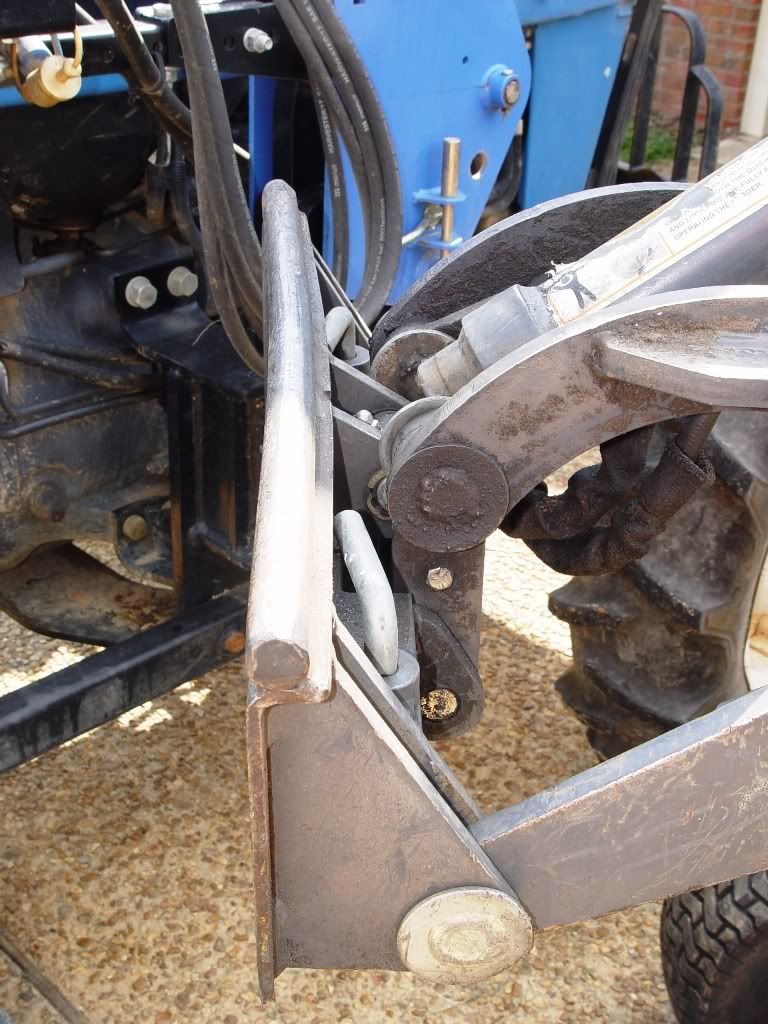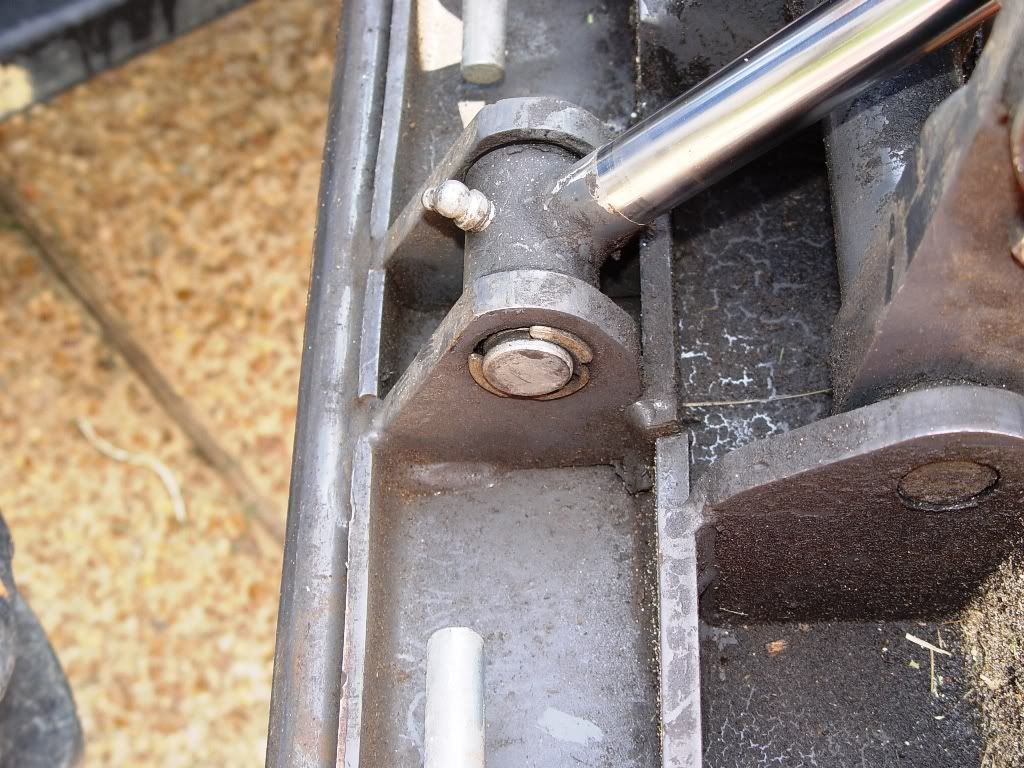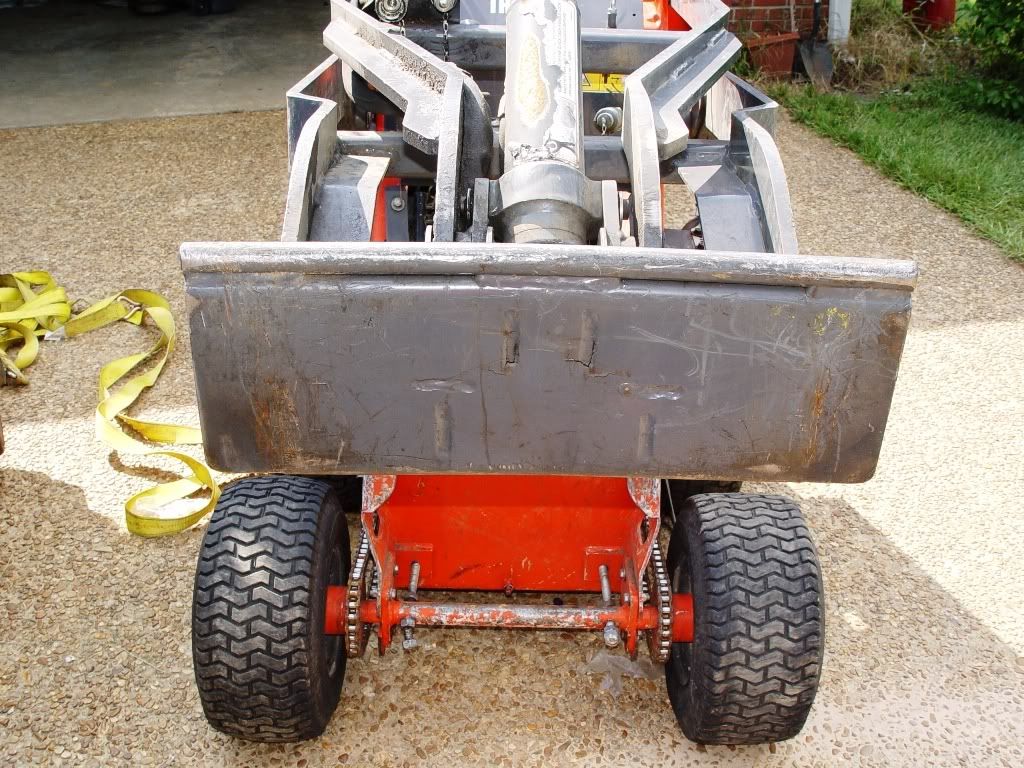Paul B
I dig hammocks.
I used to work at a place that had all terrain forklifts, when the stack of counterweights (10 x 75 pounds of iron) was taxed out, the challenge was to see how many co workers you could get to hang off the back of the machine in order to lift the load. I remember having 3 guys leaning WAY out to get 2 pallets of dolomite lime offloaded.  that and the bounce steering, when the back end of the forklift bonked the ground the wheels would shunt it left or right depending on the steering input.
that and the bounce steering, when the back end of the forklift bonked the ground the wheels would shunt it left or right depending on the steering input.
 that and the bounce steering, when the back end of the forklift bonked the ground the wheels would shunt it left or right depending on the steering input.
that and the bounce steering, when the back end of the forklift bonked the ground the wheels would shunt it left or right depending on the steering input.






